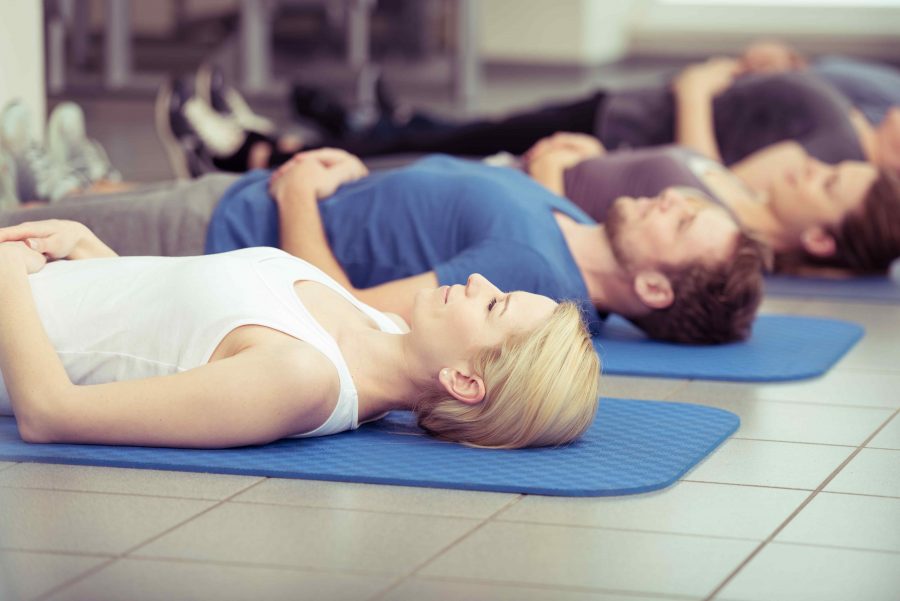Understanding what a full healthy breath looks and feels like will enable your mind and body to get the most out of every inhalation, and the benefits are endless – from feeling re-energised to accepting emotions and gaining better focus.
This is what a full, healthy breath looks should feel like;
- With the motion of the diaphragm descending on the inhalation, the belly expands softly during the in breath through the nose.
- Awareness of the pelvic floor muscles descending in unison with the respiratory diaphragm on the inhalation.
- The ribs should expand in an East and West direction on the inhale.
- The upper chest and upper back should expand ever so slightly nearing the end of an inhale.
- The jaw should be relaxed and the breath should enter and leave through the nose.
- On exhaling the belly should return to its resting position, on deflating, it should settle back towards the spine.
- The ribs will contract and deflate with ease.
- The movement of the torso should be even between belly and chest.
- No constriction or tightness should be felt in any of the respiratory muscles.
- The rhythm of the breath should be flowing with no strain or constriction, no holding on, and the breath should feel expansive and effortless, leaving the body to feel relaxed.
The ability to breathe so deeply and fully is not an exclusive club. To breathe deeply and powerfully is one of the most powerful skills we are born with, but during our busy, fast paced, distracted lives, we seem to forget about the magic that is our own breath. Tapping into this skill once again will leave the body feeling stronger, more free and you will be reunited with one of the most efficient human self healing mechanisms.
Our breath pattern changes throughout our lives, and with knowledge and practice we can help restore any in balances in the body and reap all the benefits of breathing fully again.
Diaphragm Awareness Exercises.
This can be a good starter exercise to help strengthen the primary respiratory muscles namely the diaphragm and the deep abdominal muscles. This is best practiced lying down as a relaxed spine allows for a fuller breath.
Place one hand on your chest and the other on your abdomen. When you take a deep breath in, the hand on the abdomen should rise higher than the one on the chest. This insures that the diaphragm is helping to pull air into the lower base of the lungs. This can take some practice so just think. “Breathing in, my belly expands softly”. Keep practicing with awareness and you should notice an improvement within a few minutes of focused practice.
On your next inhalation, breathe in fully and hold the breath at the top of the inhalation for a count of 5. Notice how this breath hold takes all your awareness to the upper respiratory tract or the upper chest.
Now on your next exhalation, fully exhale through the mouth, until there is no more breath. This should engage the pelvic floor and abdominals muscles. Practice little and often ( a couple of minutes a day) and your minds awareness should become more engaged of this section of the respiratory system.
On your next exhalation, breathe out fully and hold the breath at the bottom of the exhalation for a count of 5. Notice how this breath hold takes your awareness to the lower respiratory system or the lower abdomen.
Never rush this practice and don’t be alarmed if you just feel nothing ‘down there’. Awareness and engagement builds over time and practice. Keep going!

